detail profile sky hopinka
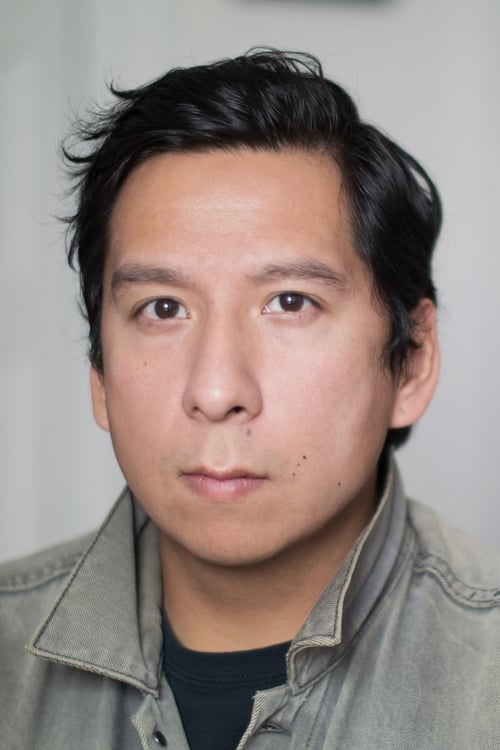
Riwayat Hidup
Sky Hopinka is currently an MFA candidate at the University of Wisconsin Milwaukee in film, video, and new genres.
He is learning his tribal heritage language, Hočak, and working on various video projects that stem from ideas of contemporary indigenous linguistic concepts, identity, and representational imagery.
Info Pribadi
Peran Yang Di Mainkan Sky Hopinka
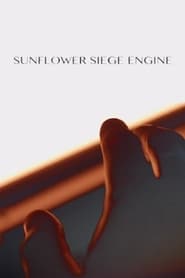 Moments of resistance are collapsed and...
Moments of resistance are collapsed and...Sunflower Siege Engine 2023
Moments of resistance are collapsed and woven together; from documentation of the Indigenous led occupation of Alcatraz, to the reclamation of Cahokia and the repatriation of the ancestors, to one’s reflections on their body as they exist in the world today, These are gestures that meditate on the carceral inception and nature of the reservation system, and where sovereignty and belligerence intersect and diverge.
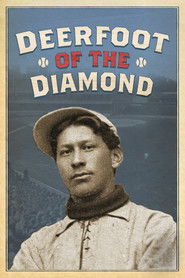 In late 2021 Clevelands baseball team was...
In late 2021 Clevelands baseball team was...Deerfoot of the Diamond 2022
In late 2021, Cleveland’s baseball team was reborn as the Guardians. This documentary, directed by Lance Edmands, chronicles the saga of that name change, which has its roots in a forgotten legend named Louis Sockalexis, and the tragedy that enveloped his story more than a century ago.
 An experimental documentary Kicking the Clouds...
An experimental documentary Kicking the Clouds...Kicking the Clouds 2022
An experimental documentary, Kicking the Clouds is centered on a 50-year-old cassette tape of a Pechanga language lesson between the director’s grandmother and great-grandmother, and contextualized by an interview with his mother in his Pacific Northwest hometown.
 An experimental look at the origin...
An experimental look at the origin...maɬni—towards the ocean, towards the shore 2021
An experimental look at the origin of the death myth of the Chinookan people in the Pacific Northwest, following two people as they navigate their own relationships to the spirit world and a place in between life and death.
 A global portrait documenting the years...
A global portrait documenting the years...Cinetracts '20 2020
A global portrait documenting the year's events, Cinetracts '20 features the work of an international lineup of 20 filmmakers. Capturing the zeitgeist in their own backyard, the artists' short films are the culmination of a year-long residency project.
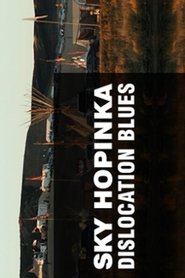 Filmed during the 2016 Standing Rock protests...
Filmed during the 2016 Standing Rock protests...Dislocation Blues 2017
Filmed during the 2016 Standing Rock protests in South Dakota, Sky Hopinka's Dislocation Blues offers a portrait of the movement and its water protectors, refuting grand narratives and myth-making in favour of individual testimonials.
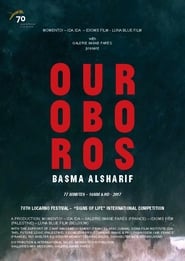 This film is an homage to...
This film is an homage to...Ouroboros 2017
This film is an homage to the Gaza Strip and to the possibility of hope beyond hopelessness. Ouroboros, the symbol of the snake eating its tail, is both end and beginning: death as regeneration. A 74-minute experimental narrative film that turns the destruction of Gaza into a story of heartbreak, Ouroboros asks what it means to be human when humanity has failed. Taking the form of a love story, the film's central character is Diego Marcon, a man who embarks on a circular journey to shed his pain only to experience it, again and again. In the course of a single day, his travel fuses together Native American territories, the ancient Italian city of Matera, a castle in Brittany, and the ruins of the Gaza Strip into a single landscape.
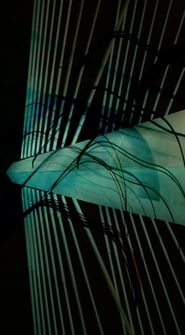 The title of this video taken...
The title of this video taken...Anti-Objects, or Space Without Path or Boundary 2017
The title of this video, taken from the texts of the architect Kengo Kuma, suggests a way of looking at everything as “interconnected and intertwined” - such as the historical and the present and the tool and the artifact. Images and representations of two structures in the Portland Metropolitan Area that have direct and complicated connections to the Chinookan people who inhabit(ed) the land are woven with audio tapes of one of the last speakers of chinuk wawa, the Chinookan creole. These localities of matter resist their reduction into objects, and call anew for space and time given to wandering as a deliberate act, and the empowerment of shared utility.
 The video traverses the history and...
The video traverses the history and...Kunįkága Remembers Red Banks, Kunįkága Remembers the Welcome Song 2015
The video traverses the history and the memory of a place shared by both the Ho-Chunk and the settler. Red Banks, a pre-contact Ho-Chunk village site near present day Green Bay, WI was also the site of Jean Nicolet’s landing, who in 1634 was the first European what is today Wisconsin. Images and text are used to explore this space alongside my grandmother’s recollections. Each serve as representations of personal and shared memory, as well as representations of practices and processes of remembrance.
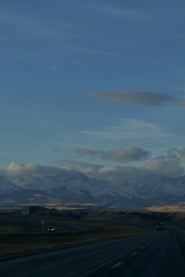 Against landscapes that the artist and...
Against landscapes that the artist and...Jáaji Approx. 2015
Against landscapes that the artist and his father traversed, audio of the father in the Ho-Chunk language is transcribed using the International Phonetic Alphabet, which tapers off, narrowing the distance between recorder and recordings, new and traditional, memory and song.
